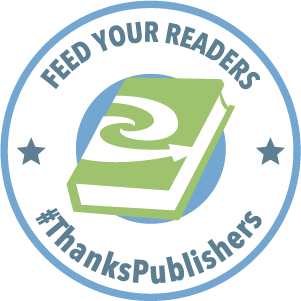A desperate act, an explosive secret, and a diabolical enemy—all part of a treacherous game, with no limits.
Overachieving good girl Abbie Cooper has her future all planned out. As senior year at her elite private school kicks off, she has one simple goal: get into the Ivy League. But at St. Matthews Academy, nothing is ever simple. The pressure is overwhelming, the secrets are dirty, and the games are wicked. Abbie has a dirty secret—one that could destroy her chances of getting admitted into Princeton, and the lives of those closest to her.
One morning, she discovers a note in her locker with the warning, “I know what you did”. Then a photo arrives in the mail. It captures her most shameful deed—the shocking blunder she can never erase, in glorious detail. Someone is out to ruin her, but who and why? The answer lies with the sender of the photo, a mysterious girl known only as The Avenger. For a price, she assures Abbie her secret will remain safe. There’s only one problem: The Avenger may not exist at all. If Abbie doesn’t uncover her true identity before acceptance decisions are made, it’s game over…
Thanks to the author for gifting me this book in exchange for a review. I reviewed her previous work SWAN DECEPTION and thought it was wonderful. In GAME OF FEAR we see Abbie Cooper (the daughter from SWAN) growing up and wishing secrets from her past would remain hidden.
Stress is a common theme among high school students; after all, the stakes are high when you are trying to get into the college of your dreams. When you are faced with the possibility that a stupid thing you did years ago may ruin your entire future, it’s time to enact some serious damage control.
Control is a good word to describe Abbie Cooper – she takes no crap from the Mean Girls of her school, and stays true to herself throughout the book. She is fiercely loyal to her friends and is known to shoot from the lip when it comes to expressing her opinion. Abbie is the girl I wish I was in my younger days: confident, brash, intelligent, yet she has her feet firmly on the ground, and doesn’t let her position in an elite high school go to her head. Her emotions are so tightly under wraps that she doesn’t realize animosity is really attraction: Christian, a well known Bad Boy has been flirting shamelessly with her since junior year and all Abbie can do is deliver cutting barbs and sneer.
The requisite mean girl clique is truly bitchy, ready to spread rumors and gossip at the slightest provocation. When Abbie starts receiving threatening notes in her locker she is sure that her arch enemy, Sidney, is at the bottom of it. Some of the dialogue and interactions between these two are the best part of the book. In this scene, Abbie and Christian are having a snack after school when the mean girls show up.
“Well, well, if it isn’t sad, pitiful Abbie. Enjoy it while it lasts. You know Christian is just slumming, right?”
Sidney just showed up with her minions stuck to her side like dried cement, wearing identical smirks. Why, oh why can’t she just disappear into a black hole, and never return? “Welcome to slumming it, Christian,” I say, looking directly at him. “You’re in for an unforgettable ride.”
Sidney’s jaw drops. Jessica and Brooke just stand there looking like the insipid creatures they are. I look Sidney up and down with contempt, wave my hand at her in a dismissive gesture, and return to eating my pizza.
See what I mean about Abbie having control? She tries her best to stay cool even when the going gets tough; and it gets really tough when her secret looms large over her budding relationship with Christian. So many lies have been told already; what path will Abbie choose?
Glede Brown Kabongo’s writing is completely on point – she captures teenage angst, jealousy and the world of the privileged in rich, glorious detail. The suspense keeps on building and the tension escalates with each new demand from the Avenger. The character development makes it easy to become emotionally invested in Abbie’s life, and her internal monologue will resonate with the reader. The story is a winner because of the first person narration; it’s a seamless transition for the reader to go from looking in at St Matthews Academy to becoming part of the student body. I felt as if I were walking the hallways with Abbie and Christian, experiencing the same confusion and worry as if it were my locker holding those notes.
I loved, loved, LOVED this book – the plot was taut and kept me up all night reading it. GAME OF FEAR is the type of read you shouldn’t plan on putting down before it’s finished, because you will spend your entire day thinking about the characters and counting the minutes until you can be with them again.
I’ll be reviewing the sequel in a future post – but in the meanwhile you can pick up your own copy of GAME OF FEAR [easyazon_link identifier=”B01A7HDIDQ” locale=”US” nw=”y” tag=”gimmethatbook-20″]here[/easyazon_link].















Recent Comments